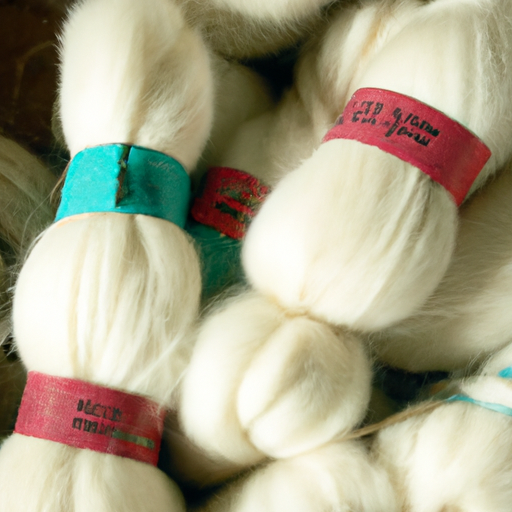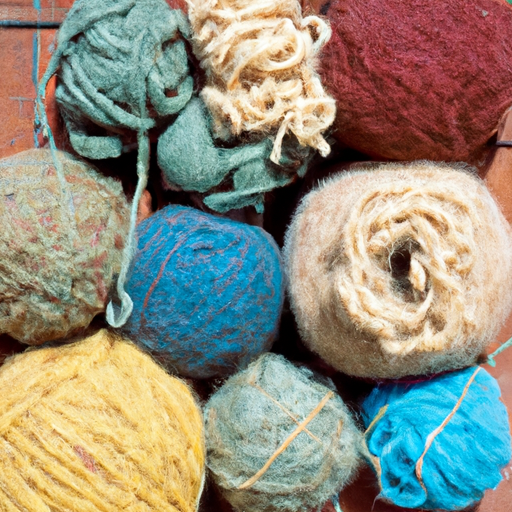Imagine yourself transported to the picturesque countryside of the Cotswolds, with its charming villages and rolling hills. Amidst this idyllic scenery lies a rich and fascinating history of wool production that has shaped the region for centuries. From the early days of the wool trade to the thriving industry of today, discover the stories of sheep farmers, skilled artisans, and the enduring legacy of wool production in the Cotswolds. Step into the past and unravel the captivating history of this timeless craft.
Pre-History
Early Sheep Farming in the Cotswolds
The history of wool production in the Cotswolds dates back to prehistoric times. Even before recorded history, the rolling hills and fertile valleys of the region provided an ideal environment for sheep farming. Archaeological evidence suggests that the Cotswolds were home to a thriving sheep population as early as the Neolithic period, around 4000 BCE. The ancient inhabitants of the Cotswolds discovered that the climate and landscape were particularly conducive to sheep rearing, and they began domesticating sheep to take advantage of the abundant grazing pastures.
Medieval Era
Introduction of Sheep Breeds
Rise of the Cotswold Lion Sheep
During the medieval era, the wool industry in the Cotswolds experienced significant growth and transformation. It was during this time that specific breeds were developed to enhance the quality and quantity of wool production. The introduction of selective breeding led to the creation of sheep breeds that were well-suited to the local climate and terrain. One such breed that gained prominence during this period was the Cotswold Lion Sheep. Characterized by its long, lustrous fleece, the Cotswold Lion Sheep became highly sought after for its wool, which was coveted for its exceptional quality.

Wool Trade and the Cotswolds
The Importance of Wool in the Middle Ages
Cotswold Sheep and the Wool Trade
Wool played a vital role in the Middle Ages as it became the backbone of the English economy. The wool trade was blooming, and the Cotswolds played a significant part in this industry. The region became known for its high-quality wool, particularly from the prized Cotswold Sheep. The Cotswold wool was renowned for its durability and warmth, making it highly desirable not just for domestic use but also for export. The wool trade stimulated economic growth in the Cotswolds, leading to the rise of prosperous wool merchants and the establishment of bustling market towns.
Enclosure Acts and Effects
The Enclosure Acts in the Cotswolds
Impact on Wool Production
In the 18th and 19th centuries, the Enclosure Acts brought about significant changes in land ownership and agriculture practices in the Cotswolds. These acts allowed landowners to enclose and consolidate their lands, leading to the transformation of open fields into individual private farms. While these enclosure acts improved farming methods and productivity in some cases, they also had detrimental effects on the wool industry. The small-scale sheep farmers, who had previously relied on common grazing lands, were displaced, resulting in a decline in wool production as large landowners prioritized more profitable agricultural endeavors.
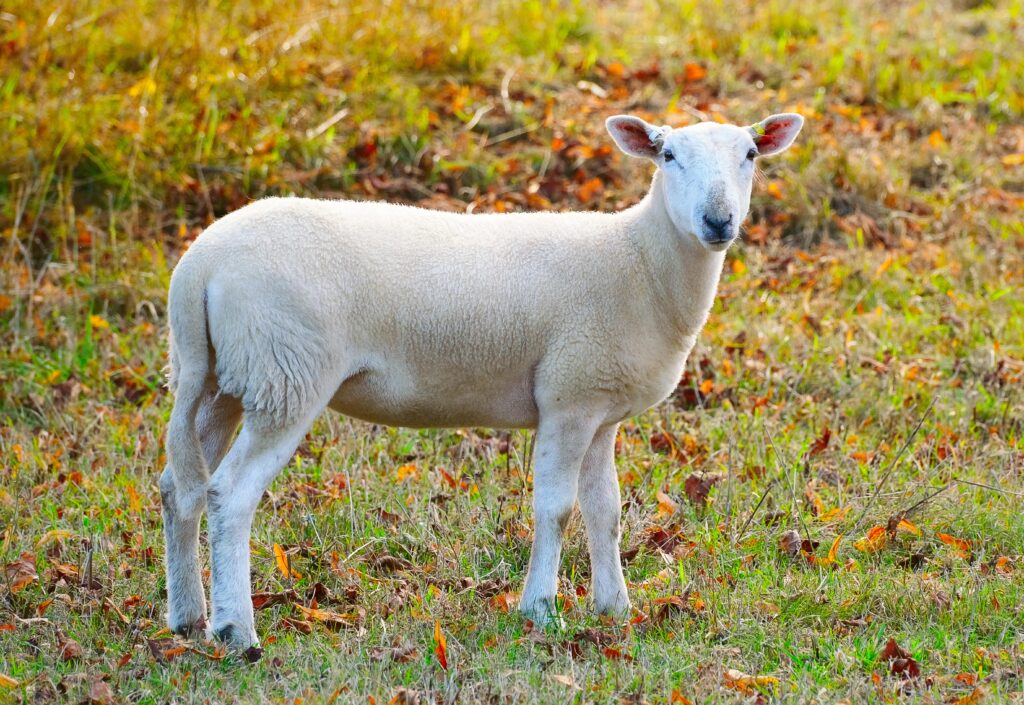
The Industrial Revolution
Advancements in Textile Machinery
Transformation of Wool Production
The Industrial Revolution marked a turning point in the history of wool production not just in the Cotswolds but across Britain. The invention and widespread adoption of textile machinery revolutionized the way wool was processed and manufactured. Steam-powered spinning and weaving machines greatly increased the efficiency and speed of production. This industrial transformation allowed for the mass production of woolen textiles, leading to an exponential growth in the industry. The Cotswolds, with its long-established reputation for quality wool, became a hub for these advancements in textile machinery, driving further progress in wool production.
Decline in Wool Production
Competition from Foreign Wool
Shift to Cotton and Synthetic Fibers
The decline in wool production in the Cotswolds can be attributed to several factors. One significant factor was the rise in competition from foreign wool, particularly from Australia and New Zealand. The fine merino wool produced in these countries became popular due to its superior softness and fineness. Additionally, as advancements in the textile industry continued, other fibers such as cotton and synthetic materials gained prominence. These fibers offered advantages like affordability and versatility that posed a threat to traditional wool production. As a result, the Cotswolds, like many other regions, witnessed a decline in the demand for wool.
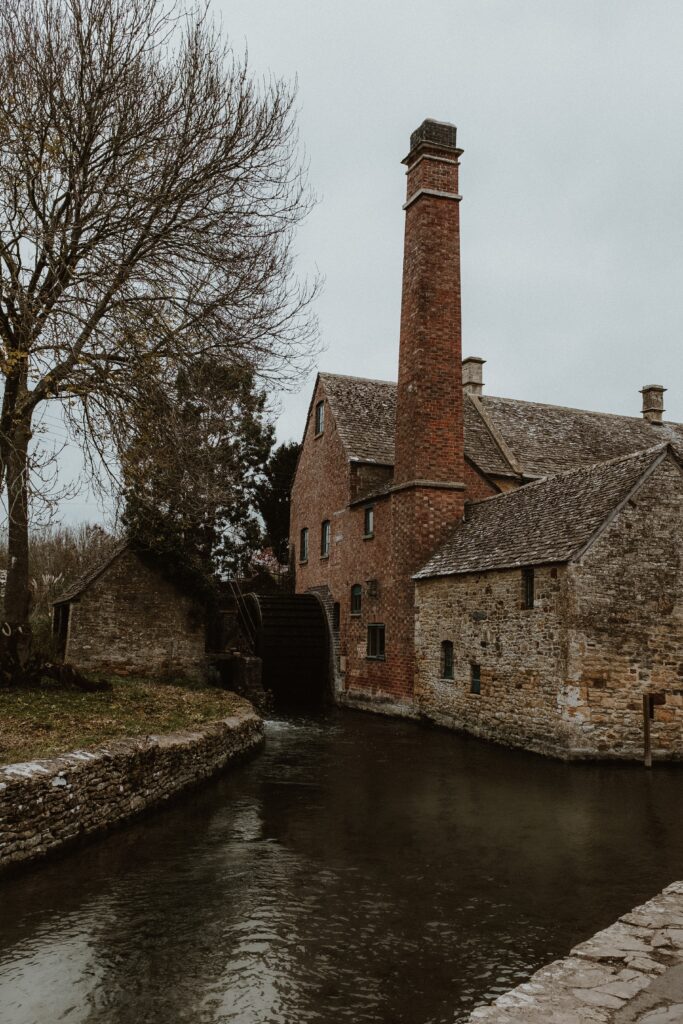
Revival of Wool Industry
Renewed Interest in British Wool
Specialization in High-Quality Wool
In recent years, there has been a renewed interest in British wool, including that produced in the Cotswolds. With a growing focus on sustainability and supporting local industries, consumers have begun to appreciate the unique qualities of British wool. The Cotswolds, with its long-standing heritage in wool production, has capitalized on this trend and positioned itself as a provider of high-quality wool. Farmers in the region have dedicated themselves to breeding and rearing sheep specifically for their wool, producing luxurious fibers that meet the demands of discerning customers.
Cotswolds as a Tourist Destination
Wool Industry as a Cultural Heritage
Wool-Related Attractions in the Cotswolds
The historical significance of wool production in the Cotswolds has turned the region into a popular tourist destination. Visitors are drawn to the area not only for its picturesque landscapes but also to explore the rich heritage and cultural importance of the wool industry. Stately manor houses, museums, and heritage centers offer insights into the history of wool production, showcasing vintage machinery, traditional weaving techniques, and the impact of the wool trade on the region’s development. These attractions provide a unique opportunity for visitors to experience firsthand the legacy of the Cotswolds’ wool industry.
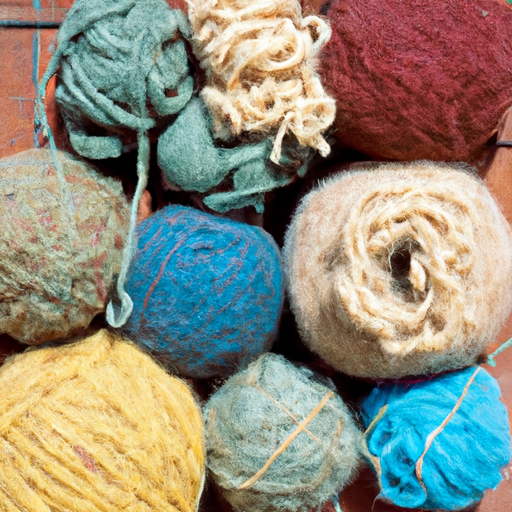
Contemporary Wool Production
Modern Techniques and Practices
Sustainability in Cotswold Wool Production
Contemporary wool production in the Cotswolds employs modern techniques and practices that blend tradition with innovation. Farmers have embraced advancements in animal husbandry, including selective breeding, to improve the quality and characteristics of wool. Additionally, sustainable farming practices are now at the forefront of wool production, with emphasis being placed on animal welfare, eco-friendly farming methods, and ensuring the traceability of wool from pasture to product. These practices not only uphold the Cotswolds’ reputation for high-quality wool but also contribute to the long-term viability of the industry.
Future Outlook
Challenges and Opportunities in the Wool Industry
Promoting the Cotswolds as a Wool Hub
The future of the wool industry in the Cotswolds faces both challenges and opportunities. Competition from synthetic fibers and global markets continues to test the resilience of the sector. However, increasing consumer awareness and demand for sustainable and locally sourced products present opportunities for the Cotswolds wool industry to thrive. To secure its future, efforts must be made to promote and market Cotswold wool as a premium, eco-friendly material. Collaborations between farmers, manufacturers, and retailers can further strengthen the region’s position as a wool hub, ensuring the continued success and sustainability of the industry for generations to come.
